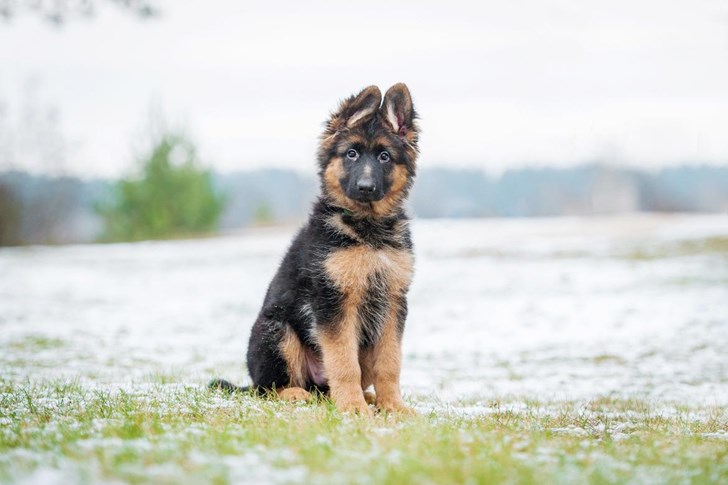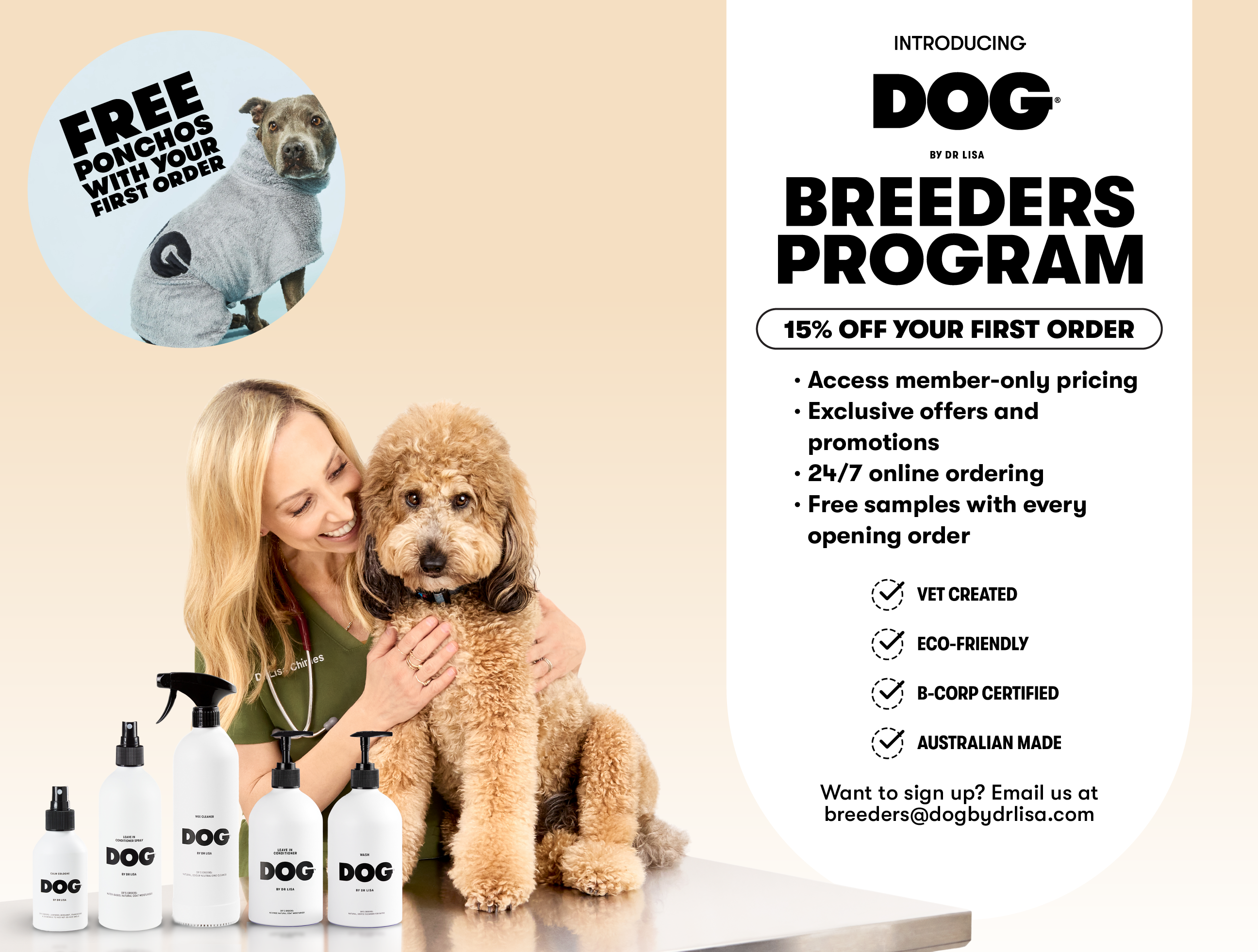Why choose a purebred dog?
Nearly every dog breed we have today has been developed over hundreds of years to assist humans with some aspect of their daily life – whether that be helping them hunt and catch food to feed their families, guarding or moving their livestock, finding and catching vermin, or simply as a companion.
Individual animals who excelled at a particular task were favoured for breeding and, over time, the physical attributes and innate behaviours that were required for the task became consolidated over several generations. Eventually, these attributes became breed 'hallmarks' with subsequent generations all looking and behaving in a similar way.
In the late 19th century, breeds started to become formalised with the introduction of the Stud Book in the UK (the first register of parentage) and the introduction of 'Breed Standards’ - a written description of the perfect example of the breed.
These days most of our dogs are kept as companions, and many no longer perform the function for which they were bred. Despite this, most breeds still have all of the innate drives and behaviours of their ancestors, and understanding their original purpose and function helps pet owners predict how their pet is likely to look and behave.

What is a Pedigree Pure Bred Dog?
A ‘pure bred’ dog is one whose mother and father are both of the same breed.
To be a ‘Pedigreed pure bred’, both the mother and the father of the litter must be the same breed, and both must be registered with Dogs Australia or the equivalent register in another country (such as the Kennel Club in the UK, or the American Kennel Club in the USA).
Dogs Australia has Member Bodies in each state who are responsible for registering breeders, and for registering litters of puppies – in Victoria, this is DOGS Victoria. There are over 200 breeds recognised by Dogs Australia – you can find out more about them by visiting our Breed Directory.
Registration occurs just after the pups are born and is completed by the breeder of the litter. The breeder must hold a Dogs Australia Breeder's Prefix (a registered kennel name issued after completing education and membership requirements).
It is a requirement that all puppies are identified with a microchip prior to registration and, for some breeds, there is a requirement to submit health-testing results for both parents with the litter registration application.
Once accepted, every puppy in the litter will be issued with Dogs Australia Pedigree 'Papers' confirming their registration, listing their microchip number, sex, colour and breed as well as displaying a three-generation family tree.
Pure-Breed or Mix - Which is better?
A mix or cross-bred dog is one whose parents are not of the same breed. First-generation crosses have parents who are both pure bred but are different breeds. Many other cross breeds have parents of unknown or mixed breeding.
Making a choice between a pure-bred pup and a mixed breed one is a very individual choice. Some people simply like the look of certain breeds; others are drawn to the temperament or working ability of a particular breed.
A pure-bred pup will grow into an adult dog with a known size and shape, a particular type of temperament, predictable instinctive drives, and a particular type of coat – all things that contributed to making it fit for the function it was originally bred for. Many pet owners like this predictability and a large proportion of dogs owned in Australia are pure-bred.
There are also some very popular mixes of pure breeds – where breeders have tried to take the positive attributes of two different breeds and combine them. A well-known example is the 'Labradoodle' – a first-generation cross of a pure-bred Labrador Retriever, and a pure-bred Poodle – which was developed to try to produce a guide dog that had a lower rate of shedding for blind people who had allergies.
If you are interested in finding out more about low-shedding breeds (so-called hypo-allergenic dogs), you can click here.
Unfortunately, the popularity of certain mixes and some breeds have seen them become the focus of unscrupulous breeders. To meet the demand for puppies and to ensure constant turnover, these operators house lots of animals, often in poor conditions, breeding them at every season/heat cycle to produce a continuous supply of puppies. Some breed specifically to produce novelty colours without any consideration for the physical or mental health of the puppies they produce, commanding premium prices for ‘rare’ or ‘unusual’ colours, many of which are linked to health issues.
The Victorian Government has introduced laws to help protect people from Puppy Farmers and Puppy Scammers. You can learn more about protecting yourself by reading our Fact Sheet.
Are Mix-Breed Dogs Healthier?
All dogs, whether pure-bred or mixed, can suffer from health problems. Some of these health problems are hereditary, meaning they are passed on to puppies from their parents. Defective genes that cause disease are present in all animals – even humans - but often the only time that the disease is seen when both the mother and the father carry the same defect.
Breeders of pure-bred dogs are usually very aware of potential health problems that are seen in their breeds and make sure they reduce the risks of passing on these diseases by health testing any potential breeding animals before they go on to produce puppies. This means that the risk of the disease occurring is minimised through good breeding practices.
For example, both the Labrador Retriever and the Poodle are at risk of an eye disease called PRA (Progressive Retinal Atrophy) that causes blindness. In both breeds, responsible breeders use DNA testing along with an annual examination of the eyes by a Veterinary Ophthalmologist to assess individuals they are considering using as breeding stock, and select the parents of any litter based on this information.
Unfortunately, many breeders of popular mix-breed dogs, assume that ‘cross-breeds are healthier’ and do not think to do any testing at all. Add to this the breeding stock they are starting with are often the individuals that good breeders felt were not of sufficient quality to be bred, and you have a recipe for disaster.
Regardless of the breed or mix you are looking into, make sure you ask the breeder about what health testing they do and ask to see the health testing results of both parents.








